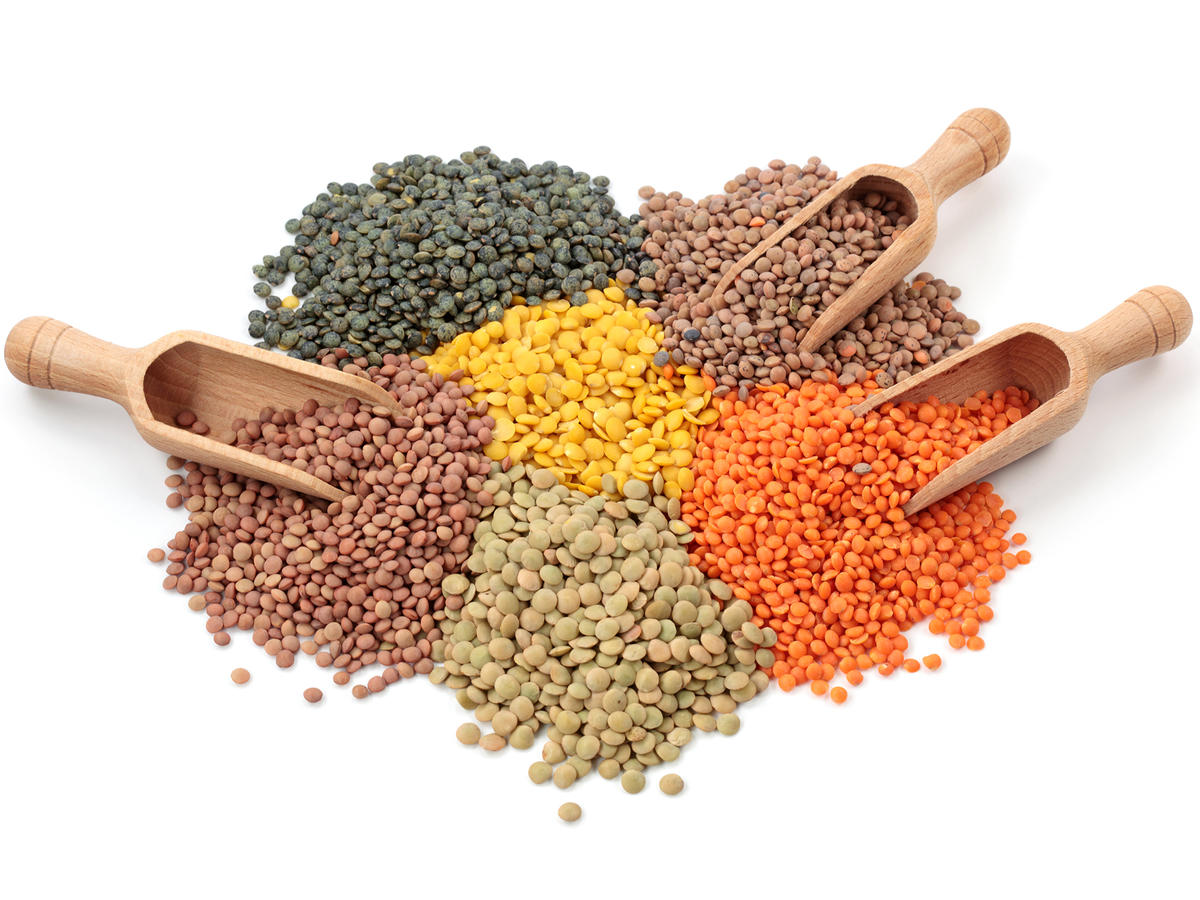lentils
Green Lentils
Green Lentils with green skin and yellow cotyledon. Laird lentils have long been the preferred lentil type in Kenya. The flavour and texture vary widely depending on the country and region of origin but is richer than the smaller varieties.
Red Lentils
Whole Red Lentils, the skin is removed from the lentil, leaving the inside portion of the seed whole (not split). The result is a beautiful intact, reddish-orange polished product. Red Lentils also cook much faster than other lentils.
Split red lentils are made from splitting the whole red lentil. The skin is removed and the remaining reddish-orange seed is then split into two halves. These lentils cook faster than others. They are best in puree or soups.

basic facts
Scientific Name
The lentil, also known as Lens Culinaris or Lens Esculenta, is an edible legume from the legume family, it is an annual bushy plant. Lentils have been around for ages being one of the oldest pulse crops to have its domestication in the Old World.
Nutritional Value
Lentils are considered a protein and a vegetable. They are made up of over 25% protein and are packed with iron, B vitamins and minerals such as magnesium, zinc and potassium. This gives foodservice providers in schools, healthcare and other settings flexibility in meeting regulatory dietary requirements.
Types of Lentils
There are many types of lentils and they are identified and named by their colour, which can range from yellow and red to green, brown or even black.
Cooking & Preparation
Lentils are easy to cook, with split lentils only taking about 5 minutes and other varieties around 20 minutes to prepare. Unlike other legumes, you don’t need to soak them first.

